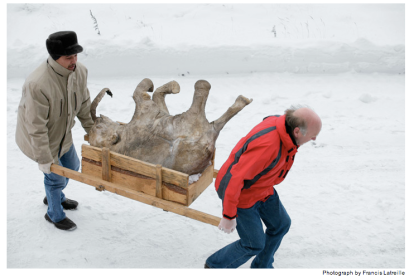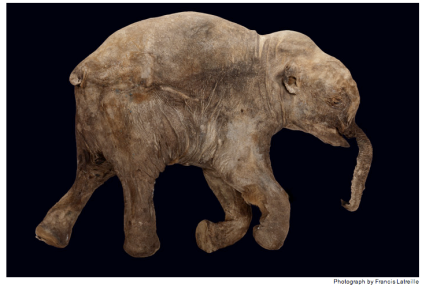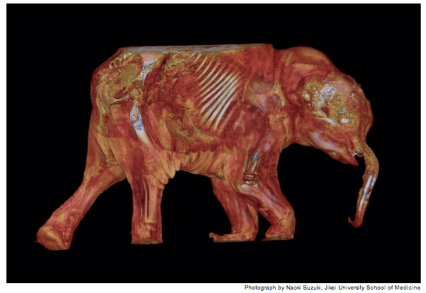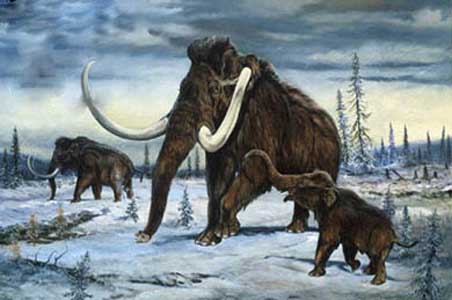Little Liuba



A group of shepherds find a baby mammoth frozen in the shore of a river in Siberia.
When one of the shepherd was walking next to the river he saw a strange animal in the shore. The sheperds called the scientists and they took the animal to a museum. In the museum, they analized all the mammoth´s body and then they exhibited it for three days.
The animal is a female. She weighs about 100kg and measures 1 meter. She’s nearly complete, she just misses the fingernails and she has almost her whole hair.
Probably Liuba died drowned in the mud. The scientists have said that she fell into the quiksands, and she couldn’t escape.


Etiquetas: Mamut



